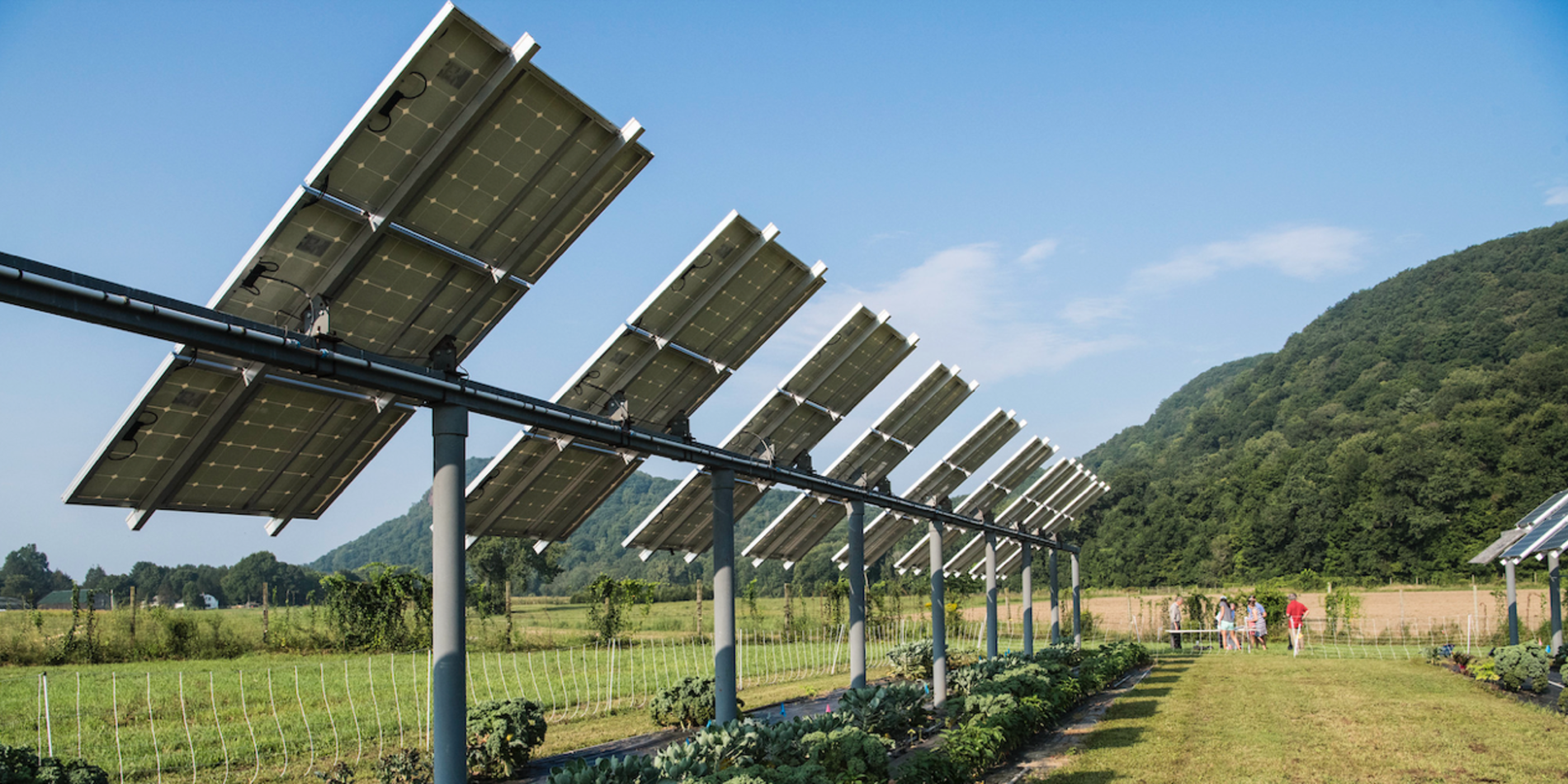Fickle as the Wind
Wind power looks great on paper. It’s less expensive than solar energy and less environmentally disruptive than hydroelectric power. To capture this renewable resource, one simply needs to harness the power that is blowing in the breeze.
But the problem, scientists and energy companies are finding, is that wind farms rarely operate to their potential. The U.S. Department of Energy estimates that, on average, wind farms have produced a mere 30 percent of their capacity since 1999.
“We need a better tool to solve this problem,” says Sanjiva Lele, a Stanford professor of aeronautics and astronautics who is hoping to boost wind farm production.
Wind farm managers currently use very simple models of the wind plant. Sophisticated models, like those that airplane manufacturers run, are used for turbine design but not in optimizing the operation of a wind plant. The complex models require serious computing power, which is expensive, and they produce a ton of data calculating the effect of details in the turbine blades, the tower, and more.
What wind farm operators need is a good working model. That’s where Professor Lele comes in.
With his background in the aeronautic and space industry (before coming to Stanford, he worked for NASA), he is very familiar with modeling fluid dynamics, the natural science of liquids and gases in motion. Funding from the TomKat Center for Sustainable Energy has allowed him to apply his expertise to modeling how turbines perform within a wind farm.
A critical factor, Lele explains, is that wind turbines behave differently in a group than alone. Most models only analyze the performance of a turbine in isolation, which doesn’t translate to the real-world conditions on wind farms.
It’s like sailboat racing; the leader has the full power of the wind, while trailing competitors are stuck in the wake, their sails hanging slack in the breeze. Some studies have shown that turbines deep inside a wind farm are producing 60 percent less electricity than expected. Downstream turbines are also subject to choppier wind, which puts added stress on the blades.
Lele reasons that in order for a computing model to be useful for wind farms, it needs to take into account many factors: the turbine’s ideal performance, wind speed, and orientation, which vary with location within the wind farm; weather (wind is not constant!); and blade orientation (pitch, yaw, and tilt). Modern 5-megawatt horizontal axis turbines are larger than a Boeing 747, so the wind speed, orientation, and turbulence near the highest point of the blade is quite different from that at the lowest point—another factor to include.
But the model also needs to be simple enough that a wind farm manager can run the software on a basic workstation computer. He’s trying to find that sweet spot.
Already, the computational tool his PhD student Aditya Ghate developed has received attention at two conferences for wind energy specialists, atmospheric scientists, mathematicians, and computer modelers who want to tackle this challenging issue.
The vision?
- A holistic, automated tool that will one day allow a wind farm manager to decide, in seconds, the best course of action when a storm rolls in from the southeast. Does she operate the turbines straight into the wind or skewed at an angle? What pattern of skewing or other variables are best for the collective performance of the farm?
- A tool that can tell utility companies how many megawatts or kilowatts to expect from the wind farm, so they know how to handle fluctuations in the electrical grid.
- And a tool that allows investors to determine realistically whether their investment will yield the returns they hope.
“That’s the task at hand,” Lele says.
His next step is to find a wind farm partner to provide real-life data to validate the model. He will also continue to collaborate with John Weyant, a Stanford professor of management science and engineering who has financial expertise in wind energy markets.
Once an improved simulation is available, Lele and Weyant believe wind farms will become more efficient—making wind power an even better choice for renewable energy.




